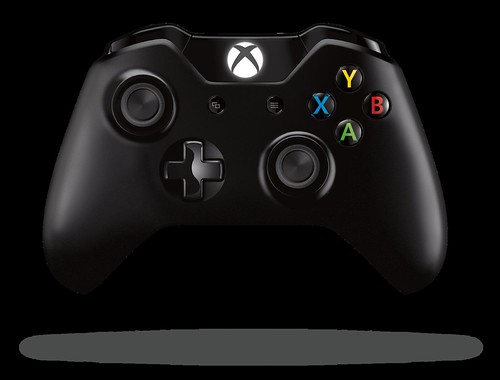Xbox One Preview – E3 2013
When a new console is revealed, it’s an event that requires time and attention to fully comprehend. Having revealed the Xbox One in May and following up with a games reveal at E3, Microsoft has positioned itself to provide as much information about the console as possible. However, some may argue that didn’t happen and there was much confusion surrounding the initial reveal of the console. During E3, the company took the time to showcase some possibilities that the Xbox One brings to the industry.
In a session created specifically to showcase the power of this next generation console, we observed three tech demos. First was a simulation of our solar system, complete with over 40 thousand asteroids on screen at a time. The engineers were able to freely navigate our solar system, telling us that the data being shown is fed directly by NASA. Each of these thousands of asteroids were moving in real time, using individually calculated trajectories, which is obviously impressive from a technical perspective.

Then, the developers enabled the power of the cloud. That may sound like a fancy way to say it, but essentially the Xbox One engaged Microsoft’s servers in the cloud infrastructure to offload some of the calculations. At that point, we were seeing over 330 thousand asteroids. All these objects were moving with their own individual trajectories once again, but the calculations were being made on the remote servers and streamed back to the Xbox One. And as we were reminded, this world continues to exist even when the Xbox One is powered off.
Next, it was time to discuss the heavily integrated new Kinect sensor. This device will be more accurate and powerful than the Xbox 360 counterpart, and thus supports not just people flailing their arms around, but more subtle movements of the core gamers who don’t enjoy moving too much. To demonstrate, the second tech demo was a basic shooter that focused on reflexes. Tilting the controller backwards brought up a shield for the player, tapping your head activated x-ray vision, and leaning out of the way helped the player dodge incoming missiles. All of these movements were brief and fairly natural, thus giving developers the opportunity for more subtle and convenient motion control implementations.
Some time was also spent on interactive TV features and apps. Users can watch live TV and bring up snap-in applications with relevant information. For example watching an NFL game, the Xbox One will bring up stats on other ongoing games, or how your fantasy team players are doing. With a push of a button, you can even bring up an instant replay from a different game where your fantasy player earned his points. All of this information is also available on Smart Glass, should you refuse to clutter your TV screen with this information.

With a new console comes a new controller, and the Xbox One input device is well designed. It retains the same layout that the Xbox 360 users are familiar with, while introducing a flat faceplate, updated D-Pad, and adding rumble to the triggers. We got some hands-on time with the new controller and a tech demo meant to showcase the trigger rumble. From a helicopter takeoff to a car starting and of course firing a machine gun, the new rumble motors help create a new level of sensation when holding the controller. For example in Forza5, feeling your car start or sense the breaks in your fingers, all while getting the rumble feedback within the body of the controller as well, is a great feeling.
Finally, the engineers clarified a few points regarding the back end infrastructure of the cloud used with Xbox One. With Microsoft’s other products such as email and Office already extensively utilizing cloud servers and datacenters, the company feels ready to take on the Xbox One player demands. The developers will be responsible for creating the code to run multiplayer games, while Microsoft owns and is responsible for the upkeep of the servers. There was no clear answer regarding what happens if a game experiences multiplayer problems, or reaches end of life. Look for Xbox One to launch later this year for $499.
